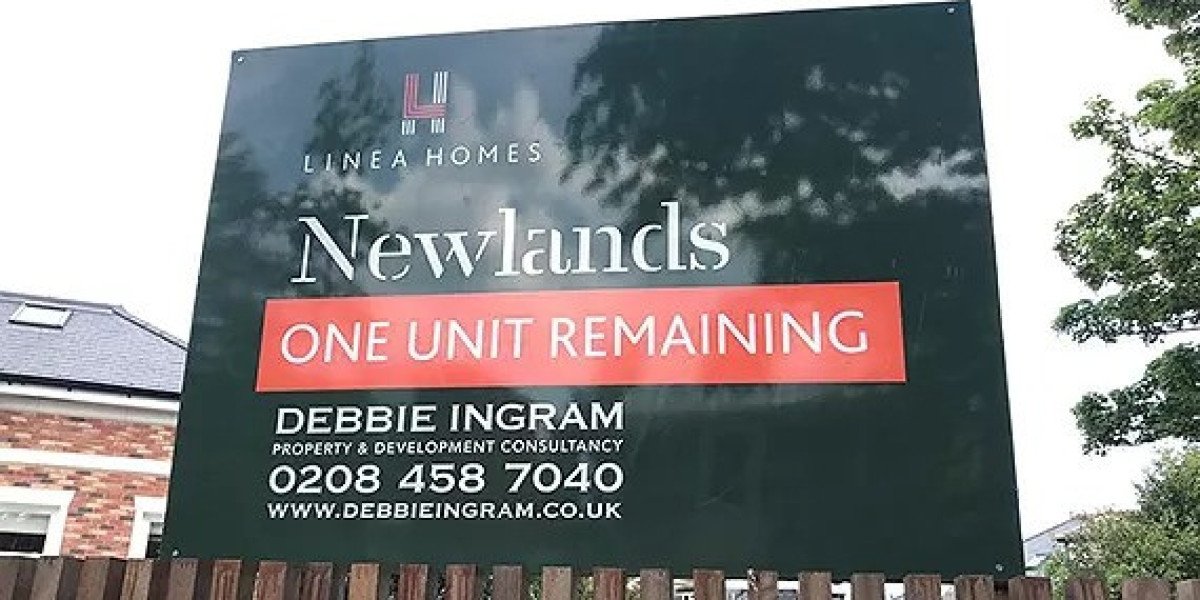In the hospitality sector, first impressions matter—your outdoor signage is often the first point of contact. Whether you run a hotel, restaurant, or bar, signage speaks volumes about your brand’s professionalism and quality. The material you choose is key, affecting both appearance and durability.
Dibond and vinyl are two popular options, each with distinct benefits. Dibond offers a sleek, long-lasting finish ideal for permanent fixtures, while vinyl is more flexible and cost-effective, perfect for temporary promotions. Understanding their strengths helps you select the right fit for your needs. In this blog, we compare Dibond printing and vinyl signage for hospitality settings.
The Importance of Outdoor Signage in the Hospitality Sector
Outdoor signage plays a vital role in establishing a strong brand presence in the hospitality industry. It not only directs guests to your premises but also sets expectations about the kind of experience they will have. High-quality signage suggests professionalism and attention to detail, while poorly made signs can send the wrong message and even turn potential customers away.
From elegant hoardings at the front of a luxury hotel to eye-catching window decals at a café, signage needs to be durable, weather-resistant, and visually appealing. In a sector where competition is fierce and appearances matter, your signage should work as hard as your team to draw guests in and make them feel welcome.

What is Dibond Printing?
Dibond is a type of aluminium composite panel that has become increasingly popular in the signage industry. It consists of two thin layers of aluminium enclosing a solid polyethylene core. This construction gives Dibond its key characteristics—strength, durability, and a sleek, professional appearance.
Dibond printing refers to the process of directly printing graphics or branding onto these panels. This technique allows for high-resolution visuals that are UV-stable and weather-resistant, making it ideal for permanent outdoor signage. It’s particularly well-suited to high-end hospitality venues like boutique hotels, fine dining restaurants, and corporate event spaces that want a long-lasting, premium look.
Key benefits of Dibond include:
- Long lifespan, even in harsh weather
- Resistant to warping, rusting, and fading
- Elegant, modern finish
- Suitable for freestanding or wall-mounted hoardings
Whether you need an impressive fascia sign for your hotel or a directional board for a large resort, Dibond offers a polished solution that lasts for years.
What is Vinyl Signage?
Vinyl signage is another popular option in the hospitality industry, known for its flexibility and affordability. Vinyl is a synthetic plastic material that can be printed or cut into various shapes and designs. It is often self-adhesive, making it easy to apply to windows, walls, floors, and other surfaces.
Vinyl signage is perfect for temporary promotions, seasonal events, or regularly changing messages. For example, a restaurant might use vinyl window graphics to advertise a summer menu, or a hotel might apply vinyl to temporary hoardings during a renovation.
Advantages of vinyl signage include:
- Cost-effective for short-term use
- Easily removable and replaceable
- Available in a wide range of colours and finishes
- Quick to produce and install
Vinyl is a go-to choice when flexibility and speed are key. It's great for campaigns that change often or for hospitality businesses with smaller budgets.
Dibond vs Vinyl – A Detailed Comparison
Let’s take a closer look at how Dibond printing and vinyl signage compare across various factors:
Feature | Dibond | Vinyl |
Durability | Excellent – lasts 5–10 years outdoors | Good – ideal for short-term (6–12 months) |
Visual Appeal | Sleek, rigid, and premium | Vibrant and versatile |
Weather Resistance | Fully waterproof, UV and rust-resistant | Weather-resistant but can peel or fade |
Installation | Mounted or freestanding; professional installation needed | Easy to apply and remove |
Cost | Higher initial cost, better long-term value | Budget-friendly for temporary use |
Applications | Main signage, entrance boards, wayfinding hoardings | Window graphics, event banners, temporary signs |
Hospitality-specific examples:
- Dibond: A large entrance sign for a luxury hotel or polished name board for a conference venue.
- Vinyl: A colourful window sticker for a cocktail promotion at a bar or directional signs at a weekend food market.
The decision ultimately comes down to how long you need the signage, your brand image, and budget.
Sustainability and Maintenance Considerations
When thinking about outdoor signage, it’s important to consider environmental impact and upkeep.
Dibond signage, because of its durability, doesn’t need to be replaced as often. While it’s not biodegradable, many Dibond panels are recyclable at the end of their lifespan, making them a responsible long-term choice.
In contrast, vinyl signage is usually made from PVC, which is not eco-friendly and difficult to recycle. However, due to its temporary nature and lower material use per project, vinyl may still be a viable option for short campaigns when disposed of responsibly.
Maintenance-wise, Dibond requires little upkeep. It can be easily wiped down with a damp cloth and maintains its look for years. Vinyl signage may need more frequent attention—particularly in outdoor environments—since peeling edges or fading can diminish your business's appearance.
Choosing the Right Material for Your Brand
Selecting the best material for your hospitality signage isn’t just about cost or durability. It’s about aligning the look and function of your signage with your brand values and operational needs.
Consider these factors:
- Type of venue: High-end hotels benefit from the elegance of Dibond, while trendy cafes or food trucks may prefer the casual charm of vinyl.
- Message longevity: Permanent signage calls for Dibond, while vinyl works best for limited-time promotions.
- Budget: Vinyl suits tight budgets or small businesses; Dibond delivers greater long-term value.
- Design style: If your brand needs sharp graphics and a premium finish, go with Dibond printing. For fun, flexible designs, vinyl fits the bill.
Some hospitality businesses even use both materials together for a layered approach. For example, a hotel might use Dibond for its main signage and vinyl for event promotions or seasonal decorations.
Conclusion
Outdoor signage is a key part of hospitality branding, influencing how your venue is perceived before guests even step inside. Both Dibond and vinyl have their strengths: Dibond for permanent, weatherproof elegance, and vinyl for adaptable, budget-friendly messaging.
By understanding the advantages of each, you can make smarter decisions about how to represent your hospitality business to the world, whether you’re welcoming guests to a luxury resort or promoting weekly specials at a seaside café.
If you’re looking to enhance your hospitality signage, the Hoarding Print Company offers expert solutions in both Dibond printing and vinyl signage, including custom hoardings to suit your space and brand.
 AdBlock Detectado
AdBlock Detectado








